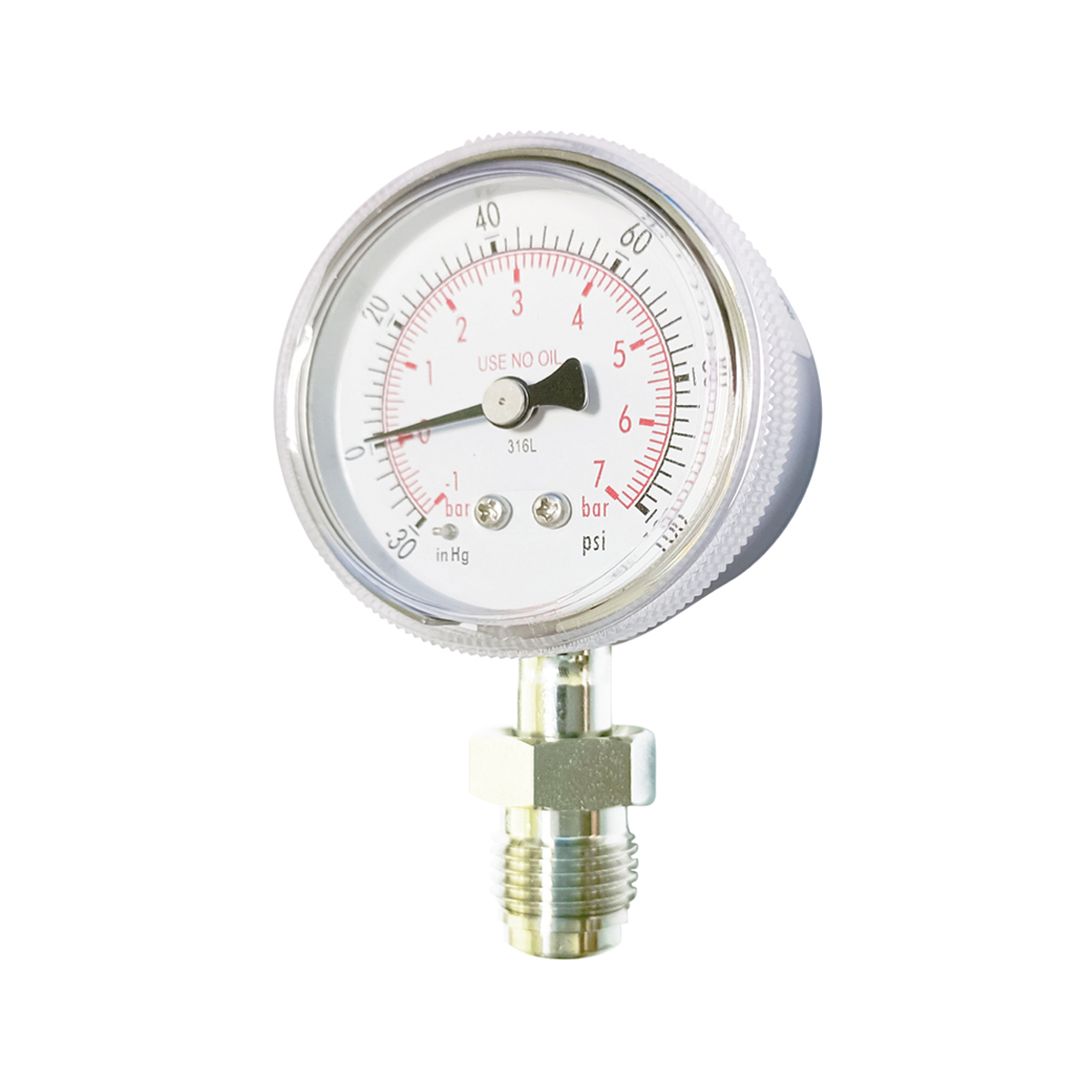
Dec . 23, 2024 09:47 Back to list
Pressure Gauge Options for Portable Fire Extinguishers to Ensure Safety and Compliance
Understanding Portable Fire Extinguisher Pressure Gauge Products
Portable fire extinguishers are vital safety devices that can help save lives and property in the event of a fire. However, like any emergency equipment, they require regular maintenance and inspections to ensure that they function effectively when needed. One crucial aspect of maintaining a portable fire extinguisher is understanding the pressure gauge. This article will explore the importance of pressure gauges in portable fire extinguishers, how they function, and what to look for when assessing these devices.
The Role of Pressure Gauges
The pressure gauge on a portable fire extinguisher provides essential information about the internal pressure of the extinguisher. Most pressure gauges are color-coded, indicating whether the extinguisher is fully charged, under pressure, or over-pressurized. These indicators are typically straightforward
- Green Zone The extinguisher is fully charged and ready for use. - Red Zone The extinguisher is either undercharged or overcharged, which can render it ineffective or dangerous. - Yellow Zone The extinguisher may require servicing or recharging.
Understanding the status of your fire extinguisher is crucial to ensuring that it will function correctly when needed. A pressure gauge can indicate if the extinguisher has lost pressure, which can happen due to leaks, corrosion, or damage to the cylinder.
How Pressure Gauges Work
Pressure gauges in fire extinguishers operate on the principle of measuring the force exerted by the gas inside the cylinder. When the extinguisher is charged, the gas creates pressure that is reflected on the gauge. The mechanism typically consists of a Bourdon tube, which is a curved tube that straightens as pressure increases, causing the needle on the gauge to move.
Regular testing and inspection of the fire extinguisher ensure that the gauge remains functional. If the gauge is damaged or not operating correctly, it can provide false readings, leading to potentially dangerous situations.
Maintenance and Inspection
portable fire extinguisher pressure gauge products

To ensure that your portable fire extinguisher is always prepared for an emergency, follow these maintenance guidelines
1. Visual Inspection Regularly inspect the fire extinguishers for visible signs of damage, such as rust, dents, or corrosion. Also, check that the labels are readable and that the instructions are clear.
2. Pressure Gauge Monitoring Frequently check the pressure gauge to ensure it is in the green zone. If it is not, take immediate action to service or replace the extinguisher.
3. Professional Servicing It is recommended that fire extinguishers undergo professional servicing annually. A licensed technician can conduct thorough inspections, refills, and repairs if needed.
4. Replacement Timing Be aware of the service life of your fire extinguisher. Most portable fire extinguishers have a lifespan of 5 to 15 years, depending on the type. Check your manufacturer’s instructions for specifics.
Choosing the Right Fire Extinguisher Pressure Gauge
When selecting a portable fire extinguisher, pay attention to the quality of the pressure gauge. A durable, reliable gauge will not only last longer but also provide accurate readings when needed. Look for extinguishers that have undergone rigorous testing and meet industry standards for safety and efficacy.
Moreover, many manufacturers offer integrated gauges as part of their extinguishers, allowing for easy monitoring without the need for additional tools. This convenience can greatly enhance the usability of the extinguisher during emergencies.
Conclusion
In conclusion, maintaining the pressure gauge of your portable fire extinguisher is a critical aspect of fire safety. The gauge serves as a vital indicator of the extinguisher's readiness and functionality, aiding in the protection of life and property. Regular inspections, monitoring of the pressure, and professional servicing are essential practices that ensure your fire extinguishing equipment is always prepared for action. By understanding the importance of the pressure gauge and staying proactive in maintenance, you can enhance safety measures in your home or workplace. Remember, an effective fire extinguisher could be the difference between a minor incident and a catastrophic fire outbreak. Stay safe, stay prepared.
-
Digital Pressure Gauge RS Components for Semiconductor & Chip Industries
NewsMay.23,2025
-
Industrial Differential Pressure Gauges Global Supplier & Pricelist
NewsMay.23,2025
-
Bourdon-Type Differential Pressure Gauges High Accuracy & Affordable Pricing
NewsMay.22,2025
-
Vacuum Differential Pressure Gauges High-Precision Solutions & Quotes
NewsMay.22,2025
-
Durable Diaphragm Pressure Elements High Accuracy & Custom Quotes
NewsMay.22,2025
-
AG Precision Pressure Gauges High Accuracy & Global Exporters
NewsMay.21,2025
